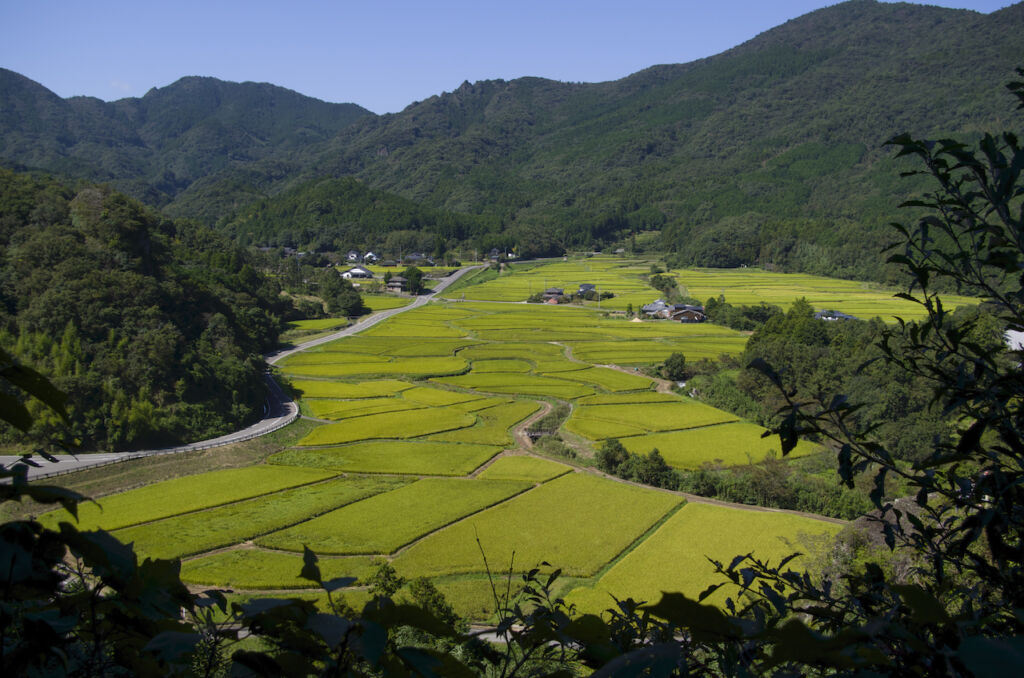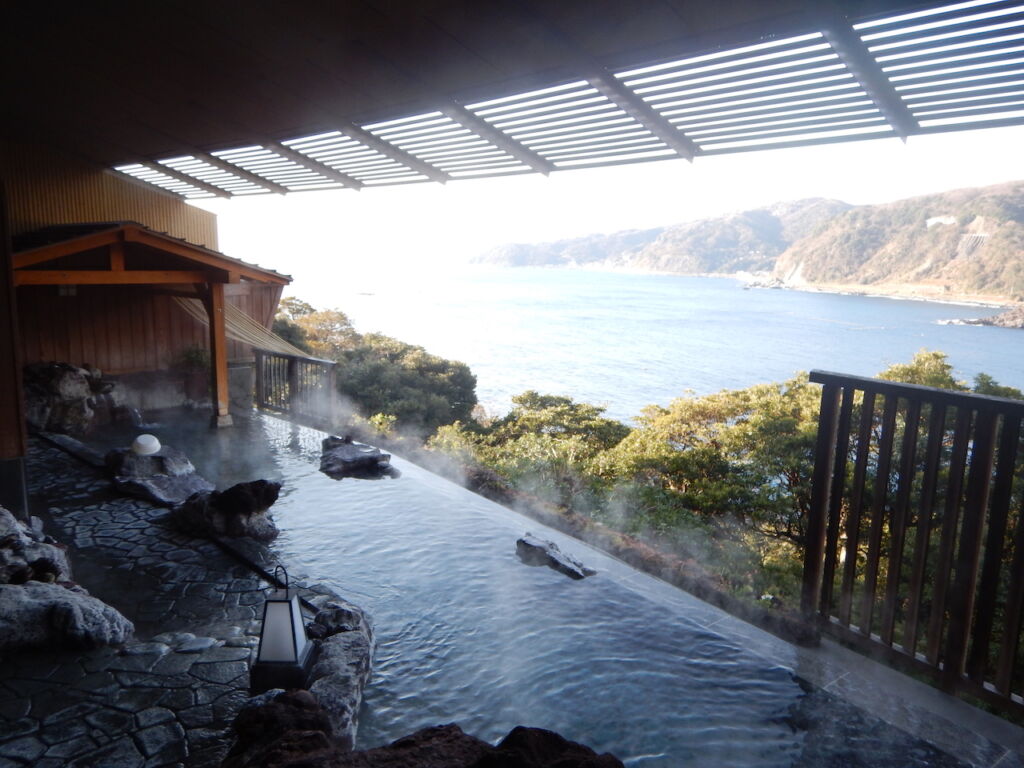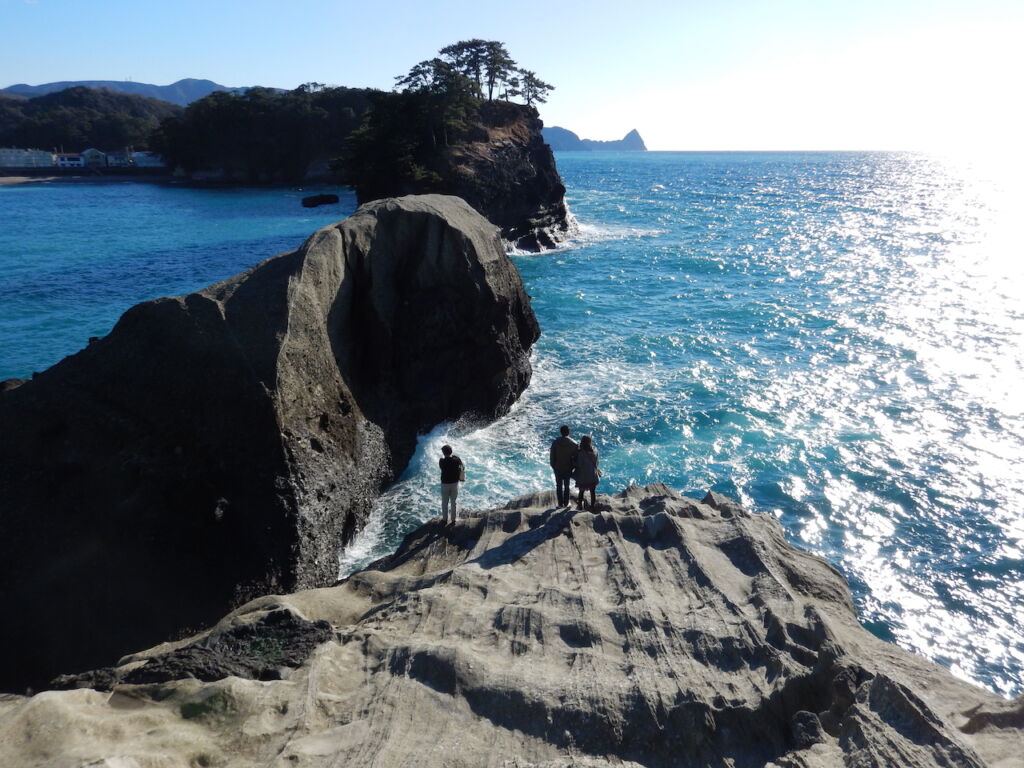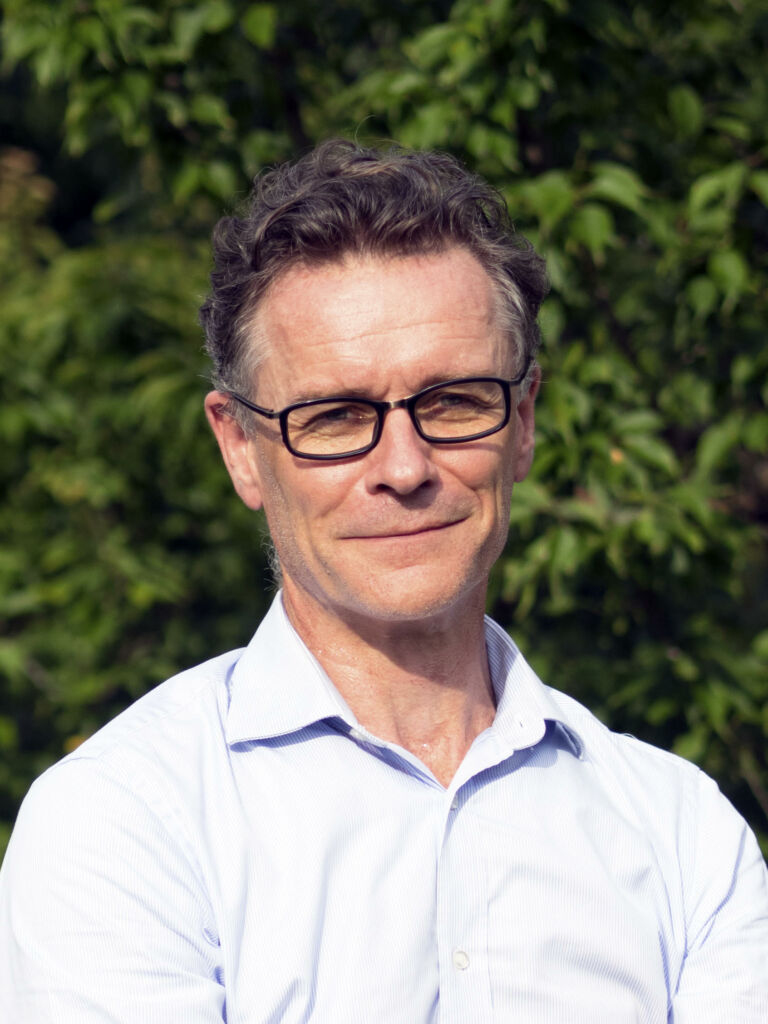J. R. R. Tolkien who wrote The Lord of the Rings once wrote, “All that is gold does not glitter and not all those who wander are lost”. In the age of Facebook and Instagram, the way we travel has transformed dramatically. A snap and pose near iconic landmarks are simply mandatory if not overrated. However, there is still one tour that holds the true meaning of soaking yourself in the ambiance of your destination–Walk Japan.
Meeting the man behind the sustainable tourism enterprise, Walk Japan, we learned how Paul Christie first came to Japan in 1987 to continue his language studies. It was this unforgettable phase of his life that led him to build a strong connection to his family in Kawagoe and began regarding the city as his home in Japan. It would take more than a decade for him to find his path to a quiet village on the Kunisaki Peninsula in Kyushu, to Walk Japan and its community project. Appointed as a “Cool Japan Ambassador” in 2016 and an officially recognized farmer by the Japanese authorities, it would seem Paul has no plans of slowing down. He talks to us in this intimate interview of why Walk Japan is the best way to explore Japan in-depth and truly experience its landscapes and culture.
Could you tell us more about Walk Japan?
It’s important to note that there was no internet in the 90s when Walk Japan was founded. In 1992, the company was already launched as a small-group walking tour operator by two prestigious academics. I eventually joined five years later as a pioneer. I originally came to Japan because I felt like doing something that nobody else was doing. Surrounded by warmth and hospitality, I felt strongly about the cause of turning education into an informative form of entertainment or experience.
Now, we have about 105 people in and around Japan. We put in a lot of context on what we do. We’re not lecturing people. We emphasize the idea of human beings designed to walk. And that’s the absolute truth because all six senses function with that element of movement. While we walk, we discuss things and discover something new. It’s a fantastic way to soak up in the environment and people. This is how one can truly connect with the destination. I’m pretty old school and I do wonder if we should change but it seems to be working very well with us. And so, we try to uphold the tradition of walking.
What makes Walk Japan different from other tours?
First of all, we go to places and destinations you’ve never heard of. While other companies mimic what we do, we keep pushing the boundaries that other companies don’t follow. The focal point of our tours is ensuring that every itinerary is meticulously organized. That includes research up to the last detail. We make sure we understand the location and have created a strong connection with the places we go to. Focusing on quality and forging relationships with our providers or suppliers are keys to ensuring Walk Japan’s success.

Photo credit: Walk Japan. Kunisaki & Yufuin Walk
What’s your favorite trekking or walking course? And why?
I don’t really have a particular favorite but the Kunisaki trek is such a spectacular experience. It explores the ancient Rokugo-Manzan with majestic temples. You’ll love the food, the place and it also has an onsen hot spring. They’re all my favorite, to be honest.
You have spent so many years in Japan, do you have a favorite Japan experience, what is it and why?
One of the greatest joys in Japan is just meeting and knowing the Japanese people. They are extraordinary and delightful people who are warm, welcoming and friendly. That’s the real essence of Japan that I love and want to introduce to our visitors. Japan is a very modern nation but still retains the best of the village spirit. It’s such a fascinating destination with a rich culture and history. There’s much much more to Japan after your first visit.
Some of your tours are for nine days, there aren’t nine days of walking is there?
It’s a mix of itineraries and actually depends on the people on the tour. It considers factors such as physical stamina, endurance and more. Some people travel to Japan and join shorter tours so it varies. We concentrate on a small market and can accommodate around 14 people but 12 is our optimum number. We do accept children in the group depending on the age. A brief is then given, and we do our best to welcome them. This year, we were able to host about 4,500 visitors. It doesn’t sound very much when it comes to logistics but we take pride in a lot of repeat visitors. We get a lot of guests through word of mouth.

Photo credit: Walk Japan. Izu Geo Trail Onsen hot spring
What’s the best review you’ve ever received?
“It changed my life”. Those were the words uttered by our guests and I was simply at a loss for words. For a destination such as Japan to have changed their lives, we are honored to have walked with them and made it happen for them.
Sustainability is a hot word these days and very important in the travel industry as travelers start to consider this when planning and booking trips. How have you incorporated sustainability elements into your tourism business? Or how is Walk Japan supporting sustainability efforts?
We make great efforts to give to Japan and its community. It’s important to note that we embark in small groups during our tours so we’re not dominating or overwhelming. That’s the essence of our company and brand. We care about how we move through the heart of the local community. We take our people to areas with little tourism and also bring business there. We absolutely patronize local suppliers so that has multiple effects amongst the community.
I’m aware that our business is predicated on air travel but we have a community project to sustain the local communities based in Kunisaki. It’s inspired by my life in the countryside and we help build houses, aid in farming so that these industries could survive the future. With the decline in population as well, not many want to stay in the countryside so it’s crucial for us to dedicate our time to these advocacies.

Photo credit: Walk Japan. Izu Geo Trail, Dogashima coastline
What are your plans for this year? Will you incorporate any travel trends into your current tours?
We already have concepts of wellness and touching base about history in Japan in the variety of tours that we have. We currently don’t have a full long retreat but we do offer an amazing line-up of accommodation that includes meditation, yoga and a fantastic view from one of the most beautiful structures in the whole of Japan and that’s in Kyushu.
I read a quote online from another interview you did where you said “People do not travel for the sake of finding something to share online. They travel in the hopes of experiencing something that is worth sharing anyway.”
In an experiential sense, this is what we hope to achieve. We want people to be able and experience something worth sharing. While we are moving towards integrating more social media elements into our marketing strategy, we’re more focused on our true goal. We are the vanguard in our field and our tour leaders are thought of highly not just with their tasks but the overall experience.
Why do you think you never left Japan?
I think my heart found something here. This is where I felt that I’m doing something to truly make a difference. The quality of life here is something that resonates with me.
For more information, visit their website and Facebook page for updates
Walk Japan walkjapan.com


































